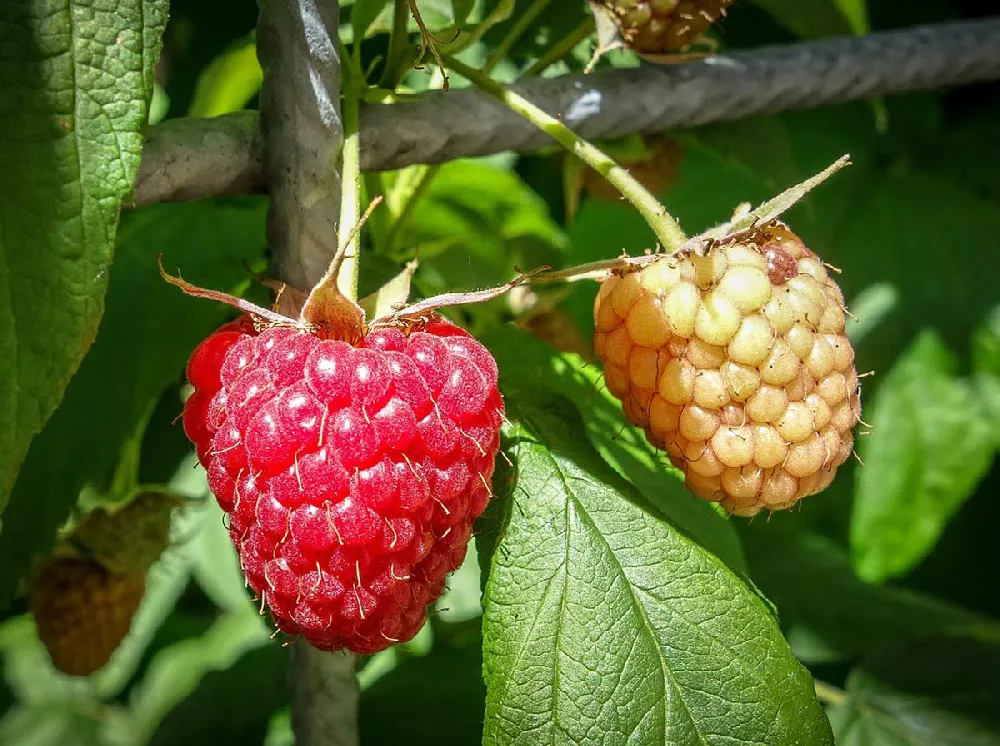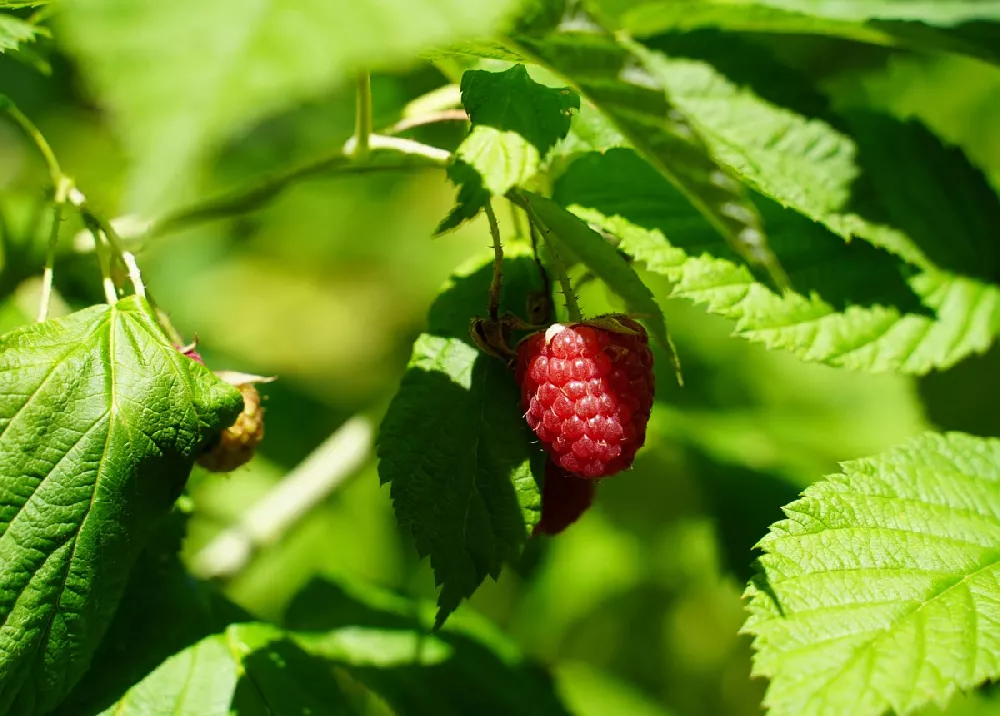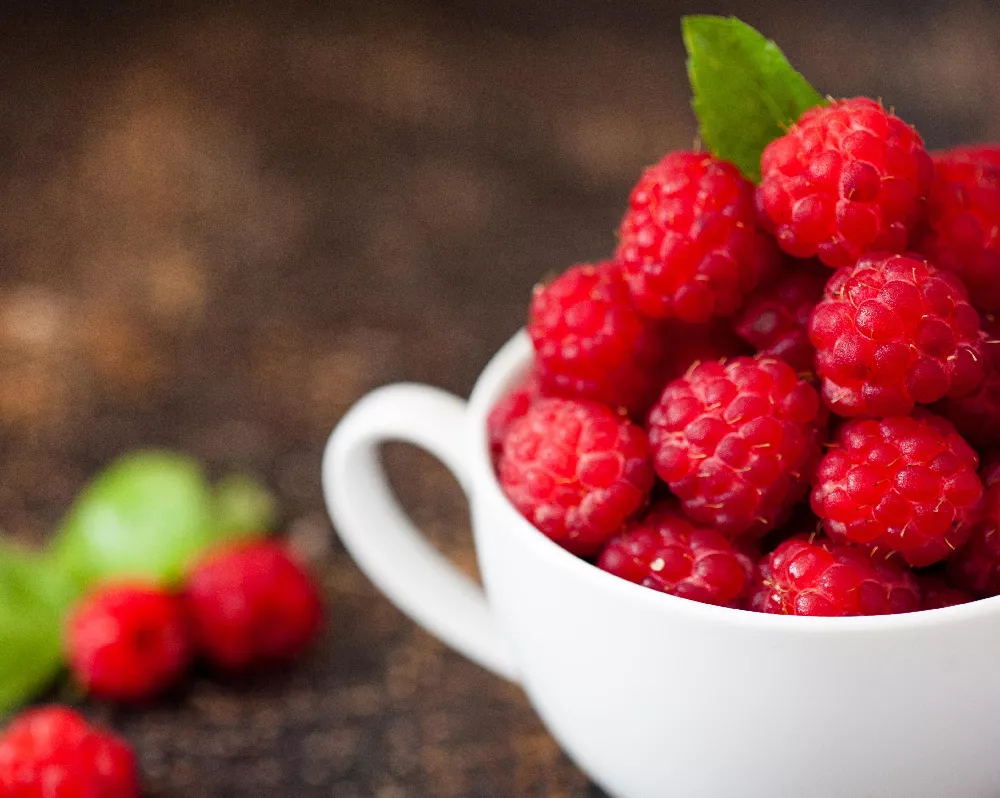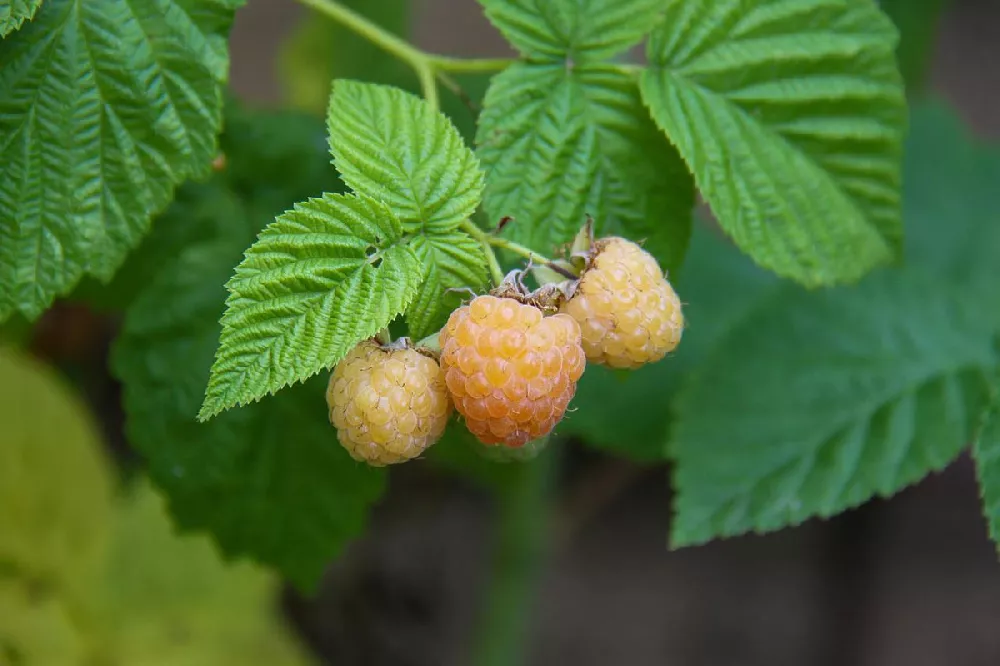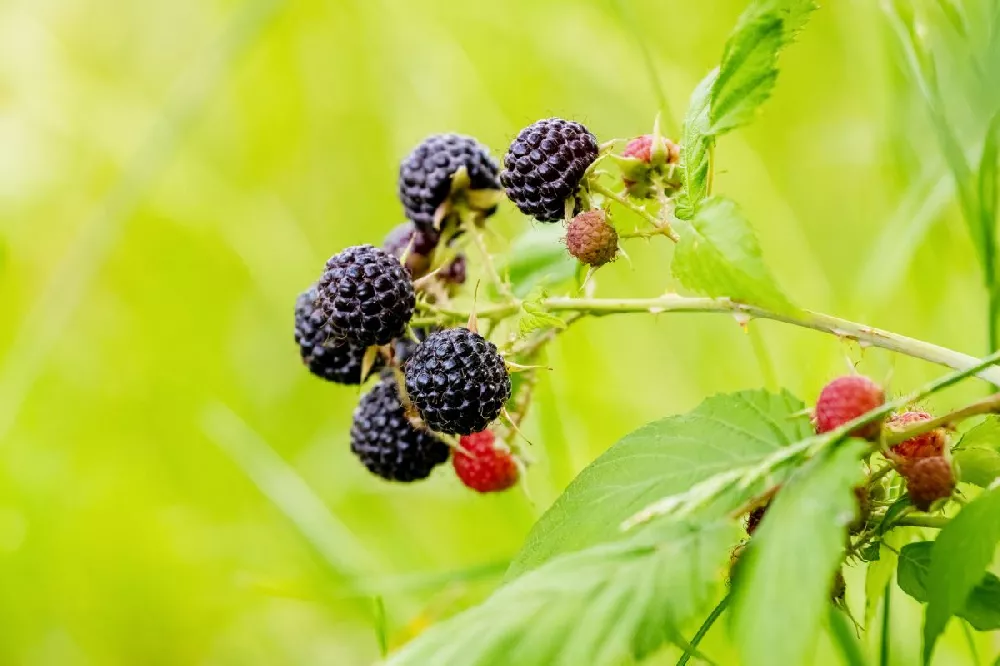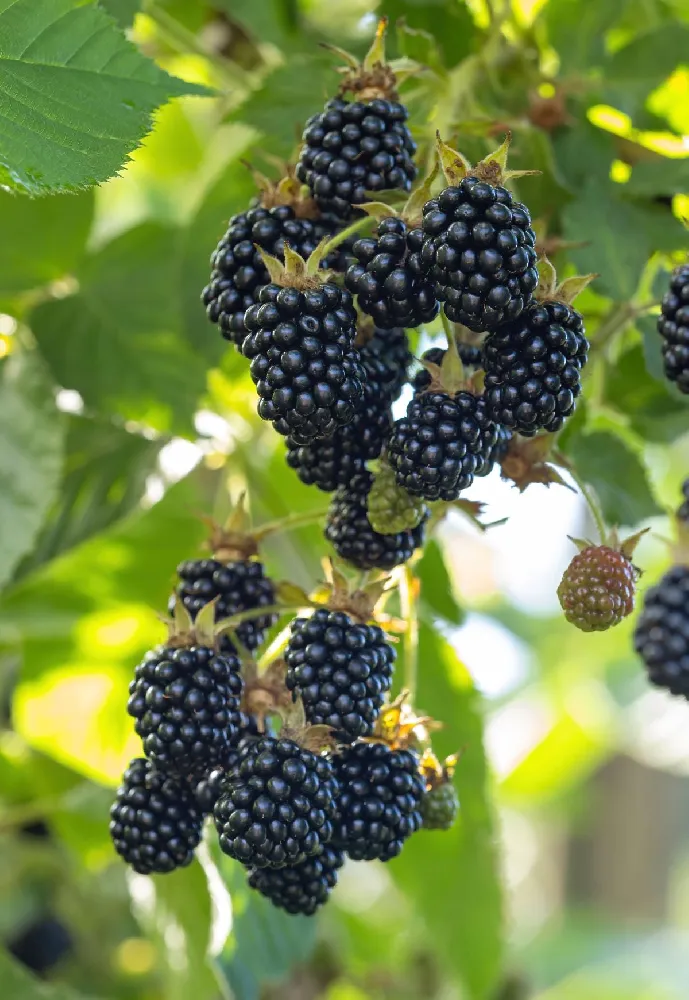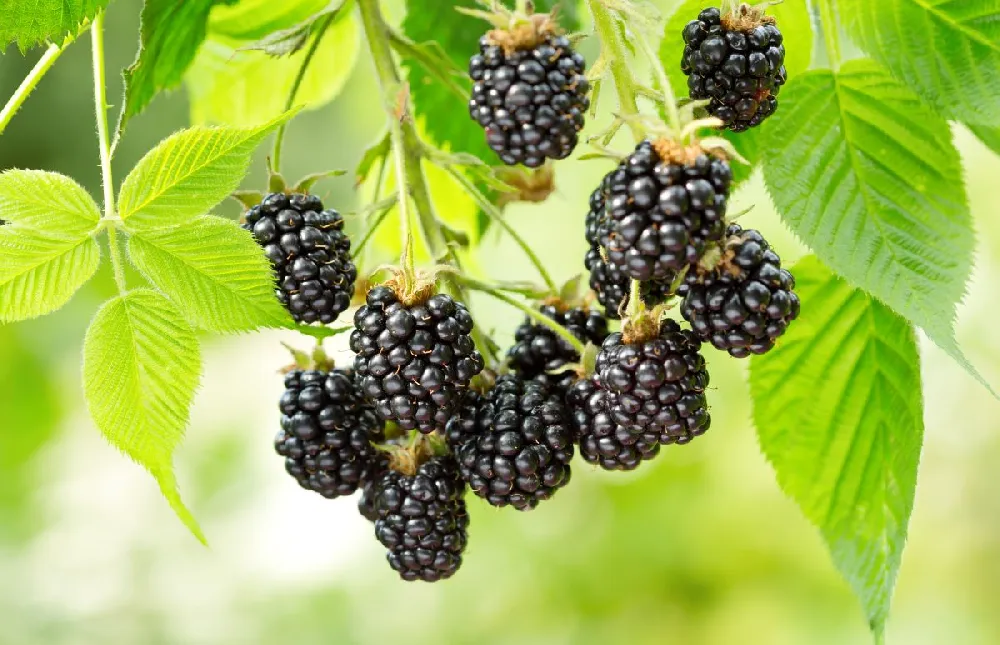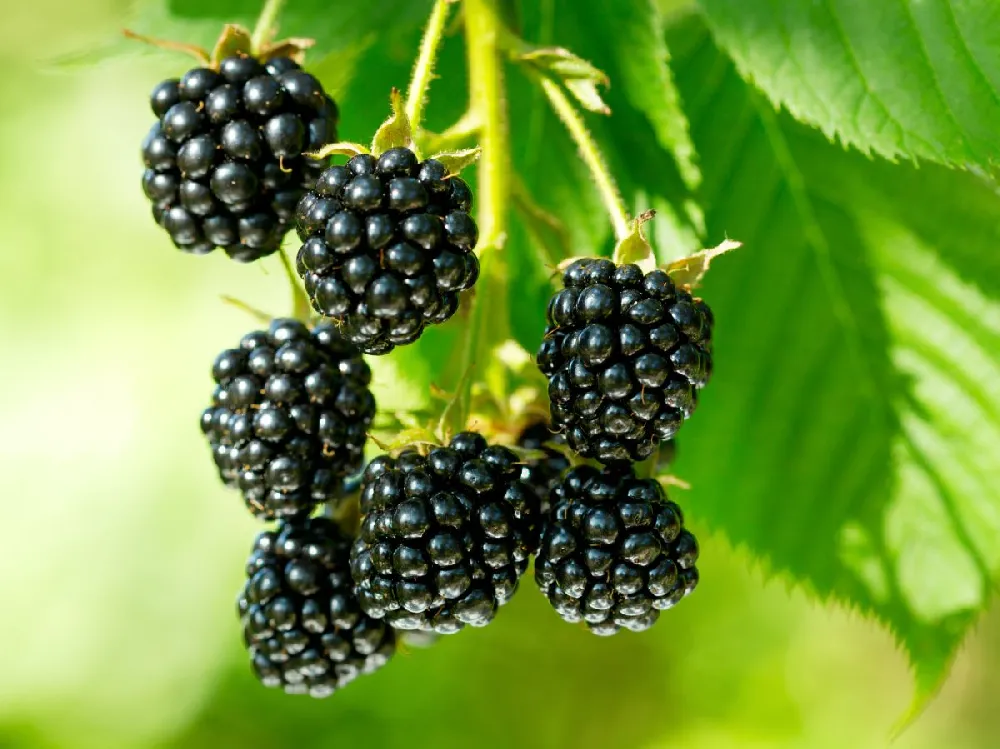- Home >
- Fast Growing Trees >
- Heritage Raspberry
Heritage Raspberry for Sale - Buying & Growing Guide
- Ships in 1-2 days
- 1-Year Warranty Eligible
- Pots or accessories are not included unless specified in the product options.
Shipping Details:
Once your order is shipped, you’ll receive an email with a tracking number and estimated delivery date. Most orders ship immediately, but some items are seasonal and may only ship in spring or fall. These products are noted on the website.
The plant known as Heritage raspberry, or Rubus idaeus 'Heritage,' is an incredibly popular fruiting species. This plant yields delicious raspberries that can appear multiple times during the growing season. Heritage raspberry also proves to be fast-growing, as it can give you fruit in less than a year. Another benefit of this plant is that it grows as a shrub rather than a trailing vine, which means it can support itself without the help of a garden structure.
- Develops some of the most popular red raspberries in the world.
- Grows quickly and will produce a harvest in the first growing season.
- Takes the form of a shrub, eliminating the need for a supportive structure.
Plant Care
Sunlight

Requires settings that receive full sunlight — at least six hours of light per day.
Watering
Does best when soil maintains consistent moisture. Young plants may need water three times per week.
Fertilizing

Well-balanced fertilizers with equal parts nitrogen, phosphorus, and potassium work best.
Planting and Care
Planting instructions
Ample sunlight is the first requirement when selecting a location to plant a Heritage raspberry plant. The area in which one of these plants grows should be rich in organic matter. The soil should also be slightly acidic and retain enough moisture while allowing excess water to drain. Since the goal of growing Heritage raspberry plants is to yield a harvest, many gardeners plant this species in a row. If you choose that planting style, be sure to space each of your Heritage raspberry plants at least 3 feet from one another.
Watering and nutrients
Providing the correct quantity of water for a Heritage raspberry plant can be a delicate balance. On the one hand, this plant needs to have consistent moisture at all times. However, it will not respond well when it sits in stagnant water and becomes waterlogged. Generally, watering two to three times per week is ideal for a young plant. You can reduce waterings as needed once the plant has become established. For the best results, you should fertilize heritage raspberry with a balanced fertilizer twice per year, once in early spring and once in late spring.
Pollination
Typically, pollination for these plants takes place without any added effort on your part. Heritage raspberry plants are self-pollinating, meaning that a single plant can pollinate its own flowers and bear fruit without the help of an additional plant. These plants typically bloom between April and May, with pink flowers that attract insects such as bees. These pollinator insects will have an easy time spreading pollen from one flower to another, allowing the plant to develop the tasty fruit for which it is so well-known.
Pruning
There are multiple times during the year in which you can prune a Heritage raspberry plant. The first occurs in early spring. During that season, you can remove any part of the plant that is damaged, dead, or diseased. If you prune at this time, do so while the plant is still dormant. You can also remove older wood after the year’s harvest. This style of pruning will encourage new growth and berry production in the years to come. When pruning, remove entire canes from the plant, rather than simply shortening them.
Pest, diseases, and animals
Heritage raspberry plants are most vulnerable to fungal infections. While these infections are more common in wild raspberry species, they can appear in cultivated varieties as well. Fungal infections are easiest to recognize on new growth. When new sprouts emerge in spring, check them for signs of disease. The most common diseases a Heritage raspberry plant may experience are anthracnose, cane blight, and spur blight. When you notice these problems, you should remove the affected canes. Promoting adequate air circulation will help prevent these issues.
Harvesting
One of the major benefits of planting a Heritage raspberry plant is that it can produce multiple harvests in a single year. The first main harvest occurs in the middle of summer. The second harvest is often larger, beginning in late summer and lasting until the fall. Before removing a raspberry from one of these plants, ensure that it is fully red, which indicates that it is ripe and ready for picking. Raspberries do not ripen off the plant, so be sure not to harvest them too early.
Achieving maximum results
While a Heritage raspberry plant may survive in partial shade, full sun makes for the best harvest. These plants also do best in soil that is slightly acidic. A pH just above 6 but below 7 is often best. You can also alter the fruit production of your Heritage raspberry plant. While these plants usually produce two harvests, you can encourage yours to produce a single larger harvest. The way to do this is to prune your plant to the ground in early spring.
FAQs
Do Heritage raspberries need a trellis?
Unlike many other fruiting plants, Heritage raspberries do not require a trellis or any other form of garden structure for support. Instead, these plants grow into relatively large shrubs that are more than capable of supporting themselves. This strength makes it easier to plant Heritage raspberries as you won't need to worry about them falling over. The challenge here is ensuring that your plants have enough space into which they can spread as they near their mature size.
How long does it take for a heritage raspberry to produce fruit?
Not only does a heritage raspberry plant produce many large and delicious fruits, but it can also produce those fruits quite quickly. In contrast to other edible plants, a Heritage raspberry plant can develop a harvest in the first growing season. The quick fruit development of this plant is part of what makes it so popular. You'll also find that those first fruits are as juicy and tasty as any other.
What happens if you don't prune Heritage raspberries?
One of the main challenges when growing Heritage raspberries is providing enough space for them and keeping them contained. Heritage raspberries grow quickly and can spread easily as well. If you don't prune these plants well enough, they will begin suckering and expand into new ground. It's best to prune your Heritage raspberry plant multiple times per year to avoid this issue. Regular pruning will also allow your plant to produce fruit much more efficiently.
Compare Similar Products
You can't add more Product Name - Product size to the cart.
OK